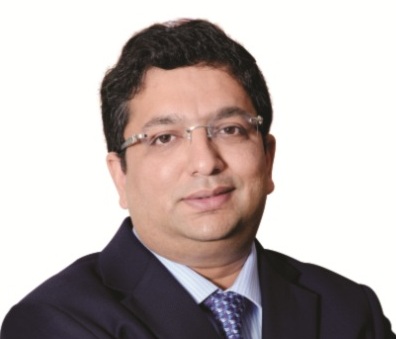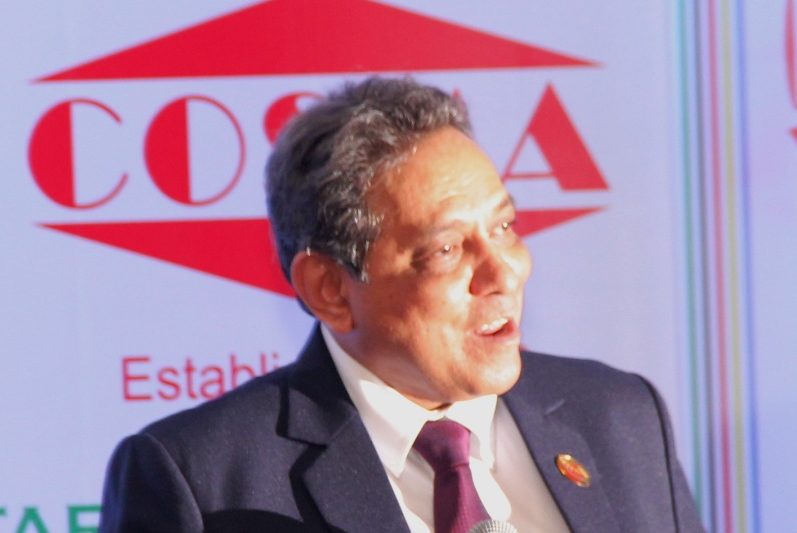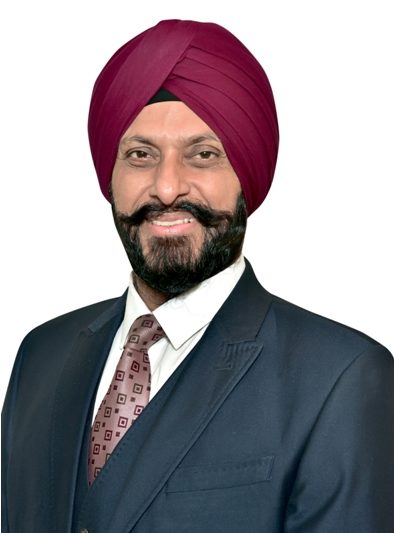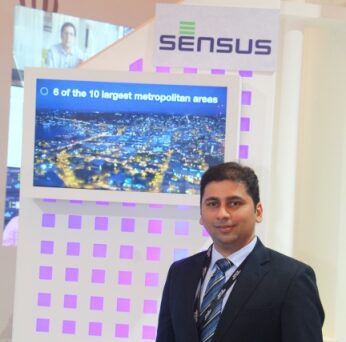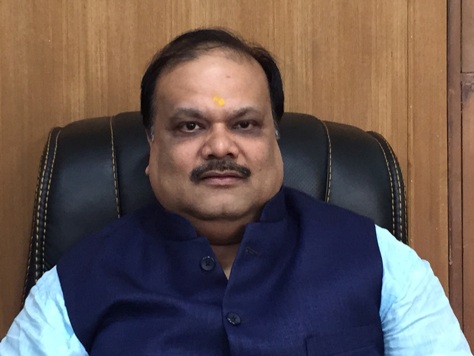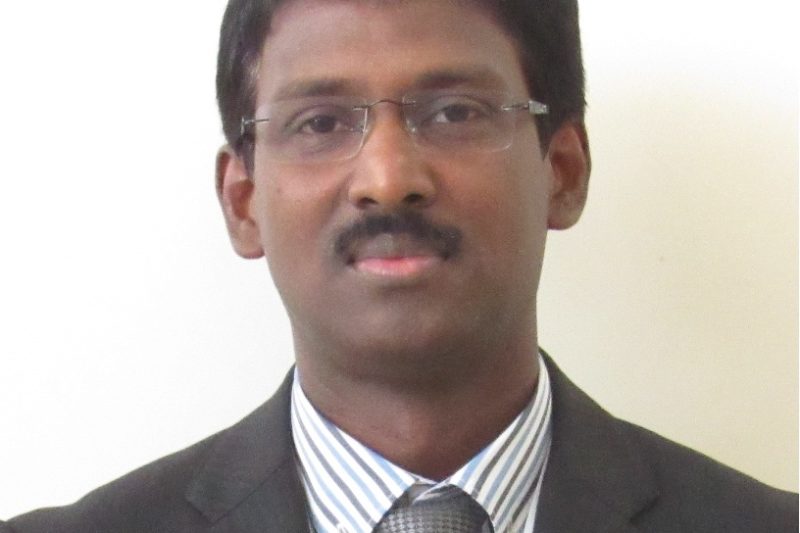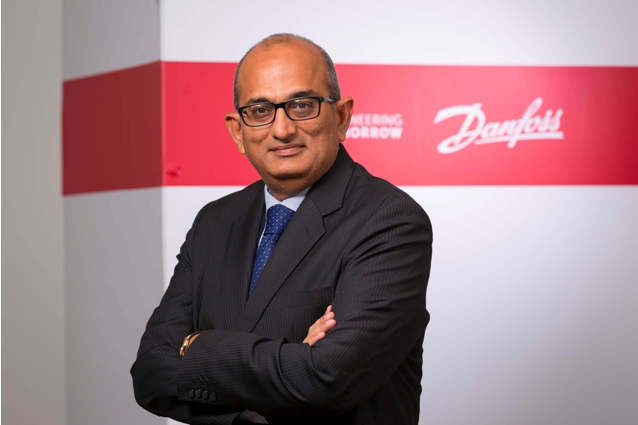View Point
Sameer Gupta, Chairman & Managing Director, Jakson Group
We welcome the Saubhagya Scheme launched by Hon’ble Prime Minister Shri Narendra Modi for providing free electricity connections to an estimated 40 million poor households across India, rural and urban. The new scheme is bound to trigger a series of social benefits that electricity can bring to un-electrified households, including creating jobs. With an end-to-end, concept-to-commissioning model, Jakson Group has extensive experience in executing several urban and rural electrification projects across India. With our strong EPC capabilities, we are well positioned to contribute to this key policy initiative that can help meet national development goals.
Soeb Fatehi, Immediate Past President, COSMA
- Aug 13, 2017
Our Control Panel & Switchgear Manufacturers’ Association (COSMA) regularly observes market scenarios and trends from the point of view of technologies, manufacturing processes and customer demands.
Over the last three years we see a rapid change compliances expected by the market. Customers require manufacturers to offer world class products produced locally. They expect manufacturers to guarantee performance of products in conformity to IEC standards to match equipment being used by their own establishments and other comparable establishments in more developed countries.
Complexities of safety requirements are increasing progressively as more employees serve across national borders requiring insurance and legal standardization for EHS practices.
Manufacturers who fail to recognize the forward movement of such technical specifications will face tough conditions in the next half decade before us.
Manas Kundu, Director Energy Solutions, International Copper Association India
- Aug 13, 2017
India’s power sector till end of 12th Five-year plan has been missing the target capacity addition by big margins. Then came the change and renewed thrust on “Power for All” that has become game changer, so to say. This has now turned into “Quality Power for All” since the society is turning digital.
Another area is ‘Renewable Energy’ with Solar Mission in driving seat. This would bring huge innovation both in terms of project management and delivery of lifeline energy to huge rural masses that were deprived so far.
Sustainability in Power Sector is most desirable thing that would help fuel our economic growth in a pace better than any other global economy. But that is an area of concern.
Though we have huge number of players in power distribution market very few home grown MNCs do operate from here. We are already facing stiff competition in some of the markets but our inner looking approach, in my opinion, have often been the stumbling block for global competitiveness that comes from eye for quality and thought for future when we build infrastructure for next century.
Looking ahead: I think the industry segment will see only credible and reliable players that are capable of delivering quality. And the user industry shall recognise it that ‘A stitch in time will save nine’. Renewable energy storage, energy efficient appliances and Electric Vehicle Charging systems will rapidly take its position under the sun towards maturity and transforming India.
Hartek Singh, CMD, Hartek Group
- Aug 13, 2017
Since the past three-four years, the government has been laying special emphasis on renewable energy. The technology in the T&D segment has not changed much in recent years, apart from a couple of optimised designs introduced by manufacturers which have helped enhance the overall efficiency of the system. The single-window system adopted by the government has resulted in timely approvals for projects. Driven by reforms, the Indian power sector is growing at an unprecedented pace. Going from strength to strength, Indian companies are second to none in terms of technical knowhow and domain expertise.
The coming years: The Indian power sector has indeed come a long way with an installed capacity of 329 GW, as on June 30, 2017. It has become the world’s third largest power producer and the fourth largest consumer. In the next five years, we foresee the entire power system moving towards a higher voltage ring main so as to minimise losses and interruptions at every stage with the larger objective of ensuring round-the-clock uninterrupted power supply.
The share of renewable energy in India’s installed power generation capacity is bound to increase substantially. The growth in the energy storage and e-mobility markets will boost the power sector on the whole. The country’s grid infrastructure is in for a major overhaul. We also foresee rural electrification projects being executed on a massive scale. Besides, we will witness cities entrusted with the Smart City mandate moving towards a more sustainable power ecosystem.
Amit Vaidya, Director – Customer Relations Team, Sensus India
- Aug 13, 2017
Smart grids have become pivotal in India for many government programmes and initiatives such as 100 Smart Cities, 175 GW of renewable energy by 2022, 40 per cent energy from non-fossil resources by 2030 and 6-7 million electric vehicles and 24×7 power supply to all citizens. With this, the private sector is expected to take the lead and set up a smart grid in India. The government also carried out 14 smart grid pilots resulting in varying degrees of success. Due to their small scale, the pilot projects did not give an accurate picture of the challenges that could be faced during a major roll out.
At present, around 32 per cent of Indians live in urban areas. The varied geographical conditions of each city, and the different categories of consumers being served by the distribution grid, make it very challenging to deploy an urban smart metering communication network. The industry needs to focus on AMI technology which has the unique capability to optimize the asset life of meters and provide infrastructure which supports these varied geographical conditions without compromising the network performance, data or the analytics platforms. The technology must also ensure more than 99.5 per cent connectivity even to end-points situated in remote or difficult locations.
Tushar Gupta, Executive Director, NTL Lemnis
- Aug 13, 2017
The advent of LED has changed the entire landscape of the industry for good, and today LED is the preferred choice of both commercial and residential customers. The customers are flummoxed by the many benefits in terms of style and usage, ROI, life span, energy saving and environment friendliness. The government of India has played a very critical and path breaking role in creating the requisite awareness amongst the people to adopt this revolutionary technology. As of now the government has distributed more than 25crore LED’s under its pet scheme UJALA saving more than 32 million kwh of energy, which are staggering numbers. The global practices, focus on R&D and use of best practices by the lighting industry makes it best in the world in terms of quality and quantity and will remain so.
As of now, the industry is focusing on new technologies like OLEDs and Li-Fi. OLED lighting is primed to be far superior to conventional lighting solutions. With OLEDs, light is naturally diffused across a panel rather than harsh piercing points of light, benefiting both the end user and overall energy consumption while Li-Fi Offers broadband Internet connection through electric light, which fits perfect with the IoT target of connecting everything that can be connected, like an entire city, state or country and its people.
Looking ahead: According to guess-estimates, the LED Lighting market in India in 2016-17 was around Rs.9,900 crore and is growing quite rapidly. It is estimated that the LED lighting market will reach Rs.17,400 crore by 2019-20 and to around Rs.23,000 crore by 2021-22. With the growth, the lighting industry has changed drastically too. From a handful of manufacturers, suddenly there is an explosion in the number of brands across the board. The demand is likely to increase mainly in outdoor and to some extent in consumer segment as well. With the sheer focus and will it can fully replace CFL and incandescent from the country. The country with “Make in India” approach could be a hub of manufacturing LEDs and can be an export hub for lighting solutions for world.
Amit Jain, MD, CMI Ltd
- Aug 13, 2017
The wire and cable industry over the past 3-4 years has undergone some drastic changes which alters the entire landscape of how industry used to function. The entire focus on development plank, improving infrastructure, modernisation of existing infrastructure, sourcing new avenues of generation forced domestic industry to look at technological advancements and adopting global best practices to attain high competitiveness. Today, the domestic industry is successfully competing with players across the globe by incorporating requisite quality standards, protocols and safety regulations stringently and the manufacturers are investing heavily on research and development bringing out innovative products, keeping in mind the requirement of the customers alongside visualizing future requirements.
The next 5-7 years will be a game changer for the players in the wire and cable segment. The industry which today is more than Rs.36,000 crore, is expected will grow to Rs.64,000 crore by 2020. This is primarily because of huge government and private investment planned in segments such as smart cities, modernisation of railways, highways, Digital India campaign and power for all by 2022. The future looks bright and will provide immense opportunities for all the players and will benefit the industry as a whole especially for all the players in the power sector. There is expected to be frantic activity since the focus is on adding to capacities quickly due to the government commitment to provide quality, uninterrupted power to all on one side and in building New India with the best of the infrastructure on the other side.
Vinod Raphael, Country Business Head—OMRON Electronic & Mechanical Components Business, India
- Aug 12, 2017
OMRON has been earnestly addressing the issue of power theft, which is one of most crucial concerns affecting the performance of not only the power utilities but also the overall demand and supply management of electricity in the country. We all know how important is the role of power sector in the overall economic growth and development of a country. India ranks 5th in the world in terms of installed capacity, however more than 300 million people still do not have access to electricity. The utility electricity sector in India has one National Grid with an installed capacity of 329.23 GW as on June 30, 2017.
Talking about the glimpses of power theft scenario across the globe, India leads the pack with an annual loss of $16.2 billion followed by Brazil, $10.5 billion and Russia $5.1 billion; the cumulative loss stands at $89.3 billion worldwide.
Ravichandran Purushothaman, President, Danfoss Industries Pvt Ltd
- Aug 12, 2017
The power transmission and distribution business is witnessing a steady change in the way that it has been facilitating industries across sectors.
The India blackout in 2012 which left over 700 million people without power, led individuals and industries to rethink their approach towards utilising energy in an effective manner. India’s demand for energy has been increasing year on year and is expected to double in the coming decades. Apart from this, the depleting natural resources and the consequent effects on climate has led the power sector to shift its focus towards renewable energy which would contribute to a reduction in the monetary and environmental cost.
In this age of technology, there are multiple solutions that can help in reducing the consumption of power and energy. For example, technology has empowered us with the ability to create an energy envelope around a building to understand its energy consumption behaviour. This knowledge can in turn be utilised to create effective solutions to optimise their energy consumption in a manner that is profitable.
Dr Beatrix Natter, CEO Power Transformers, Siemens Energy, Siemens AG
- May 12, 2017
We are proud to have a very powerful own test field and oil laboratory in our Kalwa plant. It is accredited by NABL, which allows us to also test for third party suppliers. However, local customers ask for type tests regularly, and we have done more than ten tests at external institutes like CPRI and KEMA during the last six years. As CPRI was not able to test the highest voltage levels, we tested these ratings at KEMA in Netherlands. So we do feel the need for an independent high-voltage test laboratory in India, and are looking forward to the one being installed in the near future.


